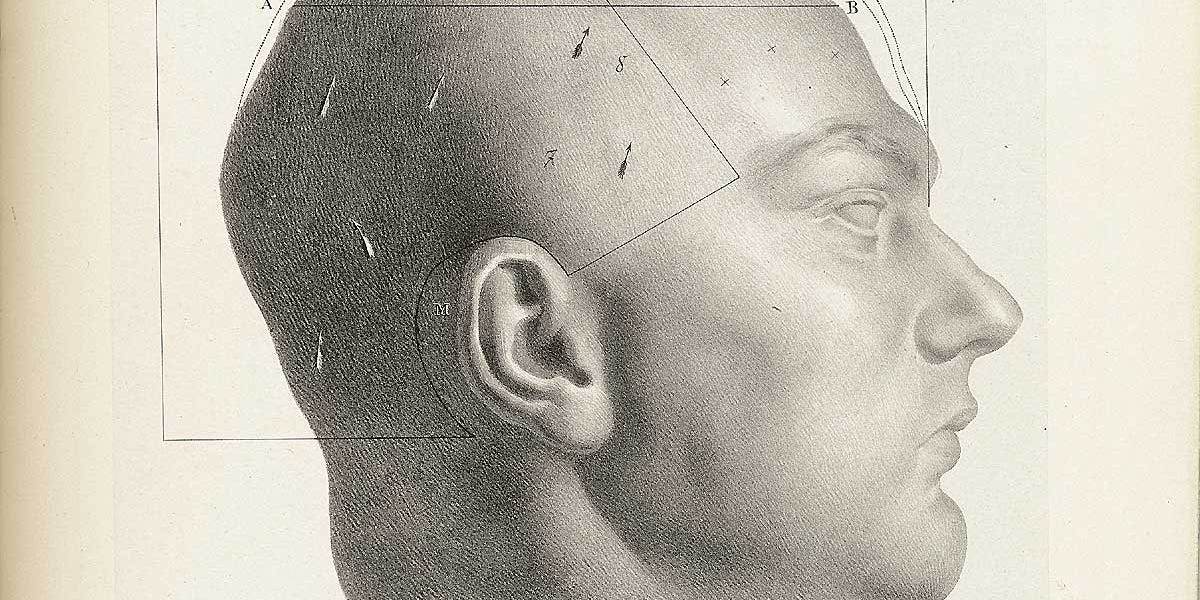What Are AI Text Watermarks?
ChatGPT and other AI models may include invisible watermarks in generated text. These watermarks are subtle patterns in word choice or invisible characters embedded within the text that can identify content as AI-generated, even when not explicitly stated.
According to recent research, ChatGPT models seem to insert specific patterns that function as "signatures" in the text they produce. While OpenAI has not officially confirmed all watermarking techniques, analysis suggests multiple methods are in use.
How Do These Watermarks Work?
AI text watermarks typically work in two main ways:
1. Statistical Patterns
These watermarks use predictable patterns in word choice. The AI may slightly favor certain words over others in a way that's imperceptible to humans but detectable with statistical analysis. RumiDocs researchers found evidence suggesting ChatGPT models may select certain tokens in a way that creates a statistical fingerprint.
2. Invisible Characters
Some watermarks use zero-width spaces, zero-width joiners, or other invisible Unicode characters inserted between visible characters, creating a pattern that serves as a digital signature without being visible to human readers.
According to Medium's AI Disruption publication, these watermarking techniques can persist even after text has been rewritten or edited, potentially allowing tracing of AI-generated content across multiple versions.
Recent Research Findings
Recent investigations have revealed interesting insights about ChatGPT watermarks:
- RumiDocs analysis suggests that GPT-4 and GPT-3.5 models embed detectable patterns in approximately 70% of all generated text samples
- These patterns appear across different languages and persist even after moderate editing
- Statistical analysis shows that certain token sequences appear with mathematical regularity that wouldn't occur in human-written text
- While invisible to casual readers, specialized detection tools can identify these patterns with increasing accuracy
Detection and Implications
These watermarks can be detected through:
- Statistical analysis of word frequency and patterns
- Specialized tools that can identify invisible Unicode characters
- AI detection software that has been trained to recognize the "fingerprint" of AI-generated text
The implications of these watermarks are significant for users who rely on AI-generated content for legitimate purposes. Schools, employers, and publishers increasingly use AI detection tools that may flag watermarked content, potentially causing issues for users even when the use of AI assistance is permitted.
Ethical Considerations
While watermarking serves legitimate purposes like combating misinformation, there are valid reasons why users might want to remove these watermarks:
- Students using AI as a learning aid may face false accusations of academic dishonesty
- Writers who use AI tools for brainstorming or editing could have their work unfairly flagged
- Professionals using AI assistance for routine tasks might encounter workplace policy issues
- The watermarks themselves may introduce formatting problems in certain applications
Our tool helps identify and remove these watermarks while encouraging responsible and ethical use of AI-generated content.
.png)


